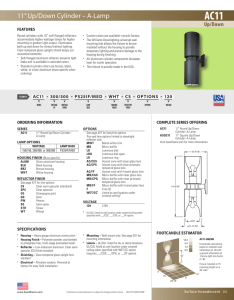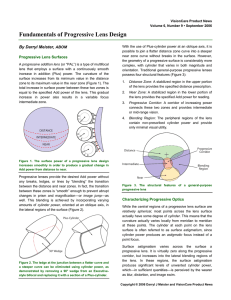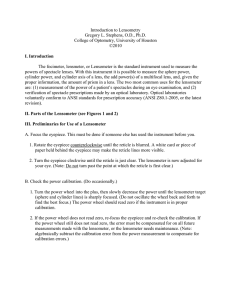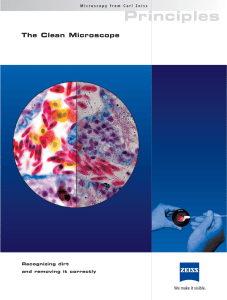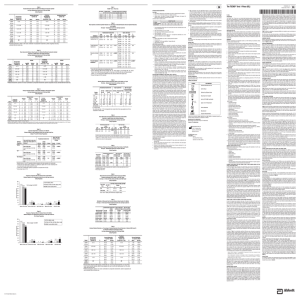#4 22.105 Electromagnetic Interactions Fall 2005
advertisement
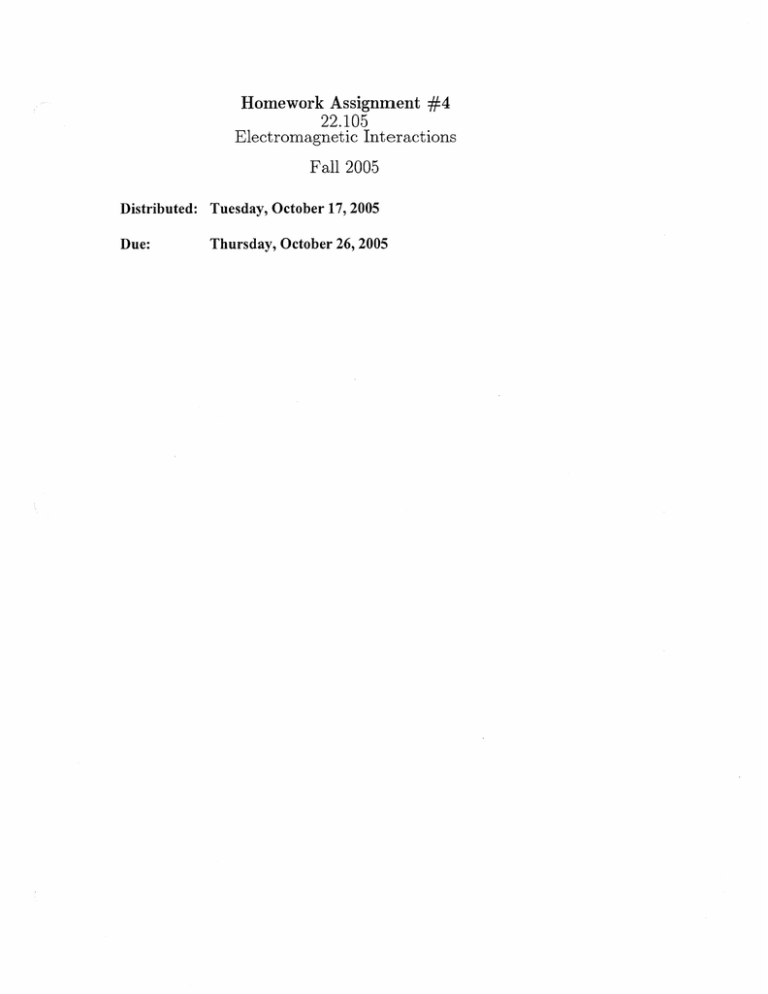
Homework Assignment #4
22.105
Electromagnetic Interactions
Fall 2005
Distributed: Tuesday, October 17,2005
Due:
Thursday, October 26,2005
N.
In this problem you will calculate the focusing properties of a cylindrical immersion lens
by developing an analytic solution for the fields and a numerical solution for the particle
motion. The geometry of interest is illustrated below.
V/2
a. The first step is to solve for the electrostatic potential. The figure shows the cross
section of a long (L > a) cylinder ofradius a excited by a source of potential at one
end. Inside the cylinder the potential can be written in the form
O(r,z) = AJo(fr/a)exp(I,,z /a)
where the fi, are the zero's of J :
-
<z < 0
(f.) = 0. Note that the excitation grid is
located at z = O0.Find the expansion coefficients A,. Helpful integral relations:
'xJo(fix)Jo(P)dx =(1/2)J,'(
dx =zJ1 (z)
xJo (x)
b. Now consider the complete immersion lens illustrated in cross section on the next
page. Assume the potentials satisfy 2 > 01 > 0. Find the complete potential by
applying the solution found in part (a) to this problem and recognizing that the
potential at z = 0 is
@(0)= (
+@2)/2. Keep in mind that the solutions must decay
to zero at both z = +o.
2
N
In'iaj~gl"~l$~e~g~P
il
A
11
V
2a
IN111
'1
-­
z
z=O
c. An electron enters the lens from the left with velocity u = Us
0e at a radius
n) 1 2 . Introduce normalized variables as follows:
r = ro = 0.2a where u = (2eO / m
(t)=u0ow (r), and
r=ut/a,r(t)=ap('),z(t) =ay(r), u,(t)=uovw(r), u"
0 (r,z)=••(p,y). Show that the equations of motion reduce to
dw,
1 aJy
dr
2 ap
=1 y
dw
d'
2 Dy
dp
d
w
dy
=w
d. Solve these equations numerically and find the focal point of the lens for the
following three cases: (, - ,)/ , = 0.5, 1.0, and 4.0.
3







